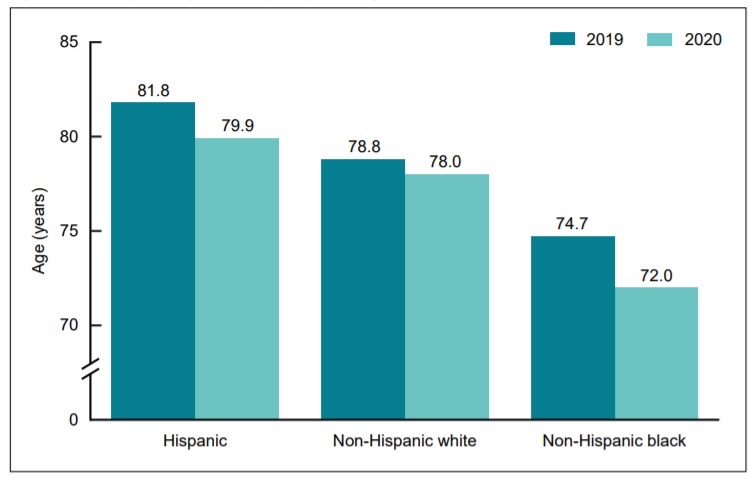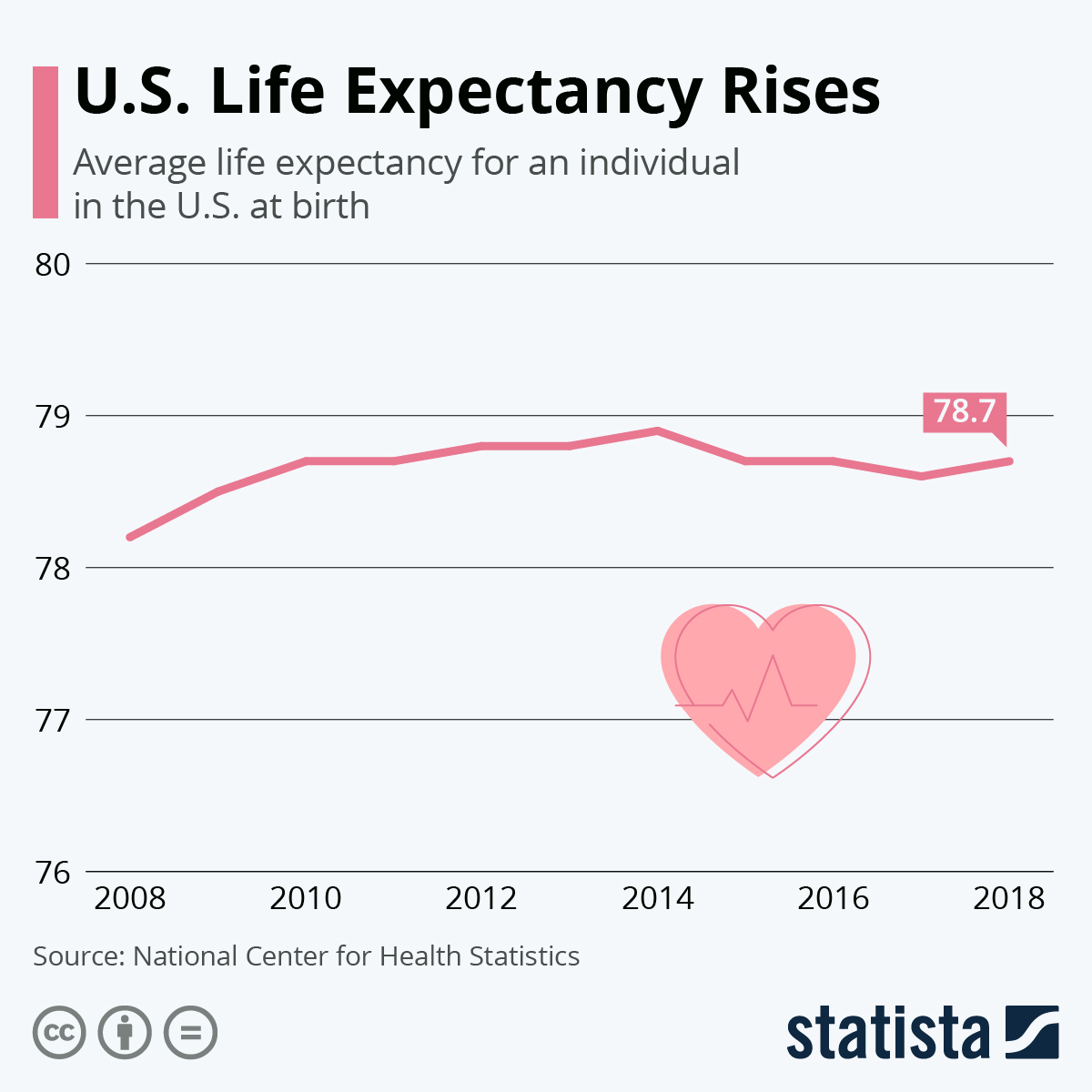

Life expectancy of Aboriginal and Torres Strait Islander peopleįor the Aboriginal and Torres Strait Islander population born in 2015–2017, males can expect to live to the age of 71.6 years and females to the age of 75.6 years. Table 8.1: Life expectancy (expected age at death in years) in Australia, at different ages and by sex, 1891–1900, 1960–19–2020 Age (years) Men aged 65 in 2018–2020 could expect to live another 20.3 years (an expected age at death of 85.3 years), and women aged 65 in 2018–2020 could expect to live another 23.0 years (an expected age at death of 88.0 years) (Table 8.1). The life expectancy at different ages can be presented as the number of additional years a person can expect to live or their expected age at death in years. Life expectancy changes over the course of a person’s life because as they survive the periods of birth, childhood and adolescence, their chance of reaching older age increases.

In Australia, a boy born in 2018–2020 can expect to live to the age of 81.2 years and a girl would be expected to live to 85.3 years compared to 51.1 for boys and 54.8 years for girls born in in 1891–1900. Figure 8.1: Life expectancy (years) at birth in Australia, by sex, 1891–1900 to 2018–2020 Compared with their counterparts in 1891–1900, boys and girls born in 2018–2020 can expect to live around 30 years longer (Figure 8.1). Life expectancy in Australia has improved dramatically for both sexes in the last century, particularly life expectancy at birth. In summarising mortality patterns, life expectancy is often expressed as the number of years of life, from birth, a person is expected to live. Life expectancy measures how long, on average, a person is expected to live based on current age and sex-specific death rates. Life expectancy is the most commonly used measure to describe population health and reflects the overall mortality level of a population.
Life expectancy in us for males for free#
Australia, state, territory and sub-state information is also available for free download from the ABS website. Despite this, male and female life expectancies in the Northern Territory showed the largest gains of all the states and territories over the last 30 years (9.9 years and 8.7 years).įurther details are in Life Tables, 2018-2020. The Northern Territory recorded the lowest life expectancy for both males (76.2 years) and females (81.0 years). The Australian Capital Territory recorded the highest male and female life expectancy (82.1 years and 85.9 years). This is longer than life expectancies at birth, as 50 year olds have successfully made it through the first several decades of life. Today an Australian male aged 50 years can expect to live another 33.2 years, and a female another 36.6 years. "Australians have a higher life expectancy than comparable countries such as New Zealand, the United Kingdom and the USA and lower life expectancy than Japan, Singapore and Switzerland" Ms Cho said. The gap has now narrowed to 4.1 years in 2018-2020. Around 30 years ago (1990), life expectancy at birth in Australia was 73.9 years for males and 80.1 years for females, a gap of 6.2 years. Life expectancy for males has improved at a faster rate than that for females. Female life expectancy also increased to 85.3 years from 85.0 in the previous year. Male life expectancy at birth reached 81.2 years in 2018-2020, increasing from 80.9 in 2017-2019. "Babies born today have the highest estimated life expectancy ever recorded in Australia", ABS Demography Director Beidar Cho said. Life expectancy in Australia continues to rise, with a baby boy expected to live to 81.2 years and a girl to 85.3 years, according to the latest figures released from the Australian Bureau of Statistics (ABS).


 0 kommentar(er)
0 kommentar(er)
